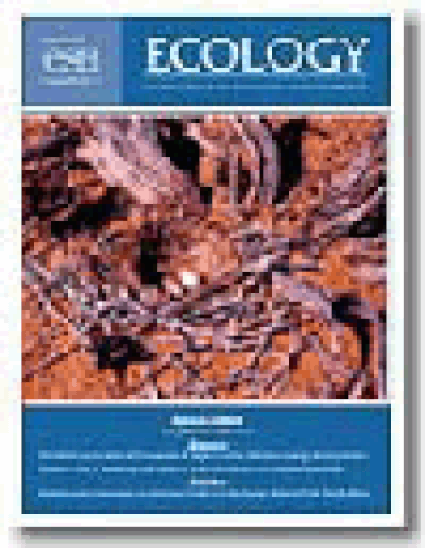
Article
Neutral models fail to reproduce observed species-area and species-time relationships in Kansas grasslands
Ecology
(2004)
Abstract
In contrast to competing explanations of species–area relationships (SARs), neutral theory is dynamic, meaning that it should explain patterns in both space and time. However, most empirical tests of neutral theory have relied on snapshots, such as comparisons of observed and simulated SARs observed at one point in time. I used 35 years of data from permanent plots in Kansas grasslands to test the ability of strict and modified neutral models to reproduce observed species–area and species–time relationships (STRs). Holding species density to observed values, the models could generate realistic SARs or STRs, but not both simultaneously. Parameter combinations that simulated realistic STRs led to SARs with extremely steep slopes. To examine the consequences of relaxing neutrality, I incorporated plant functional types into the model. More realistic dominance produced only limited improvement in the simulated results, and indicates that the models' primary flaw is their failure to reproduce rapid but spatially correlated changes in species composition. In these grasslands, characterized by large interannual variation in resources and many short‐lived species, functional differences among species play a strong role in driving macroscopic patterns. The results emphasize the need to test neutral models, and other dynamic community models, with spatiotemporal data.
Disciplines
Publication Date
2004
DOI
https://doi.org/10.1890/03-0602
Citation Information
Peter B. Adler. "Neutral models fail to reproduce observed species-area and species-time relationships in Kansas grasslands" Ecology Vol. 85 Iss. 5 (2004) p. 1265 - 1272 Available at: http://works.bepress.com/peter_adler/259/
